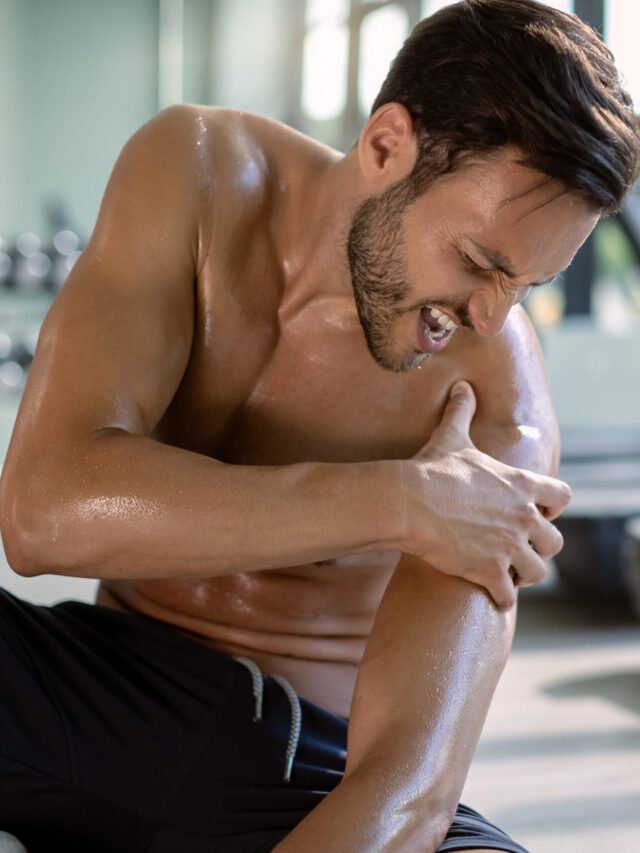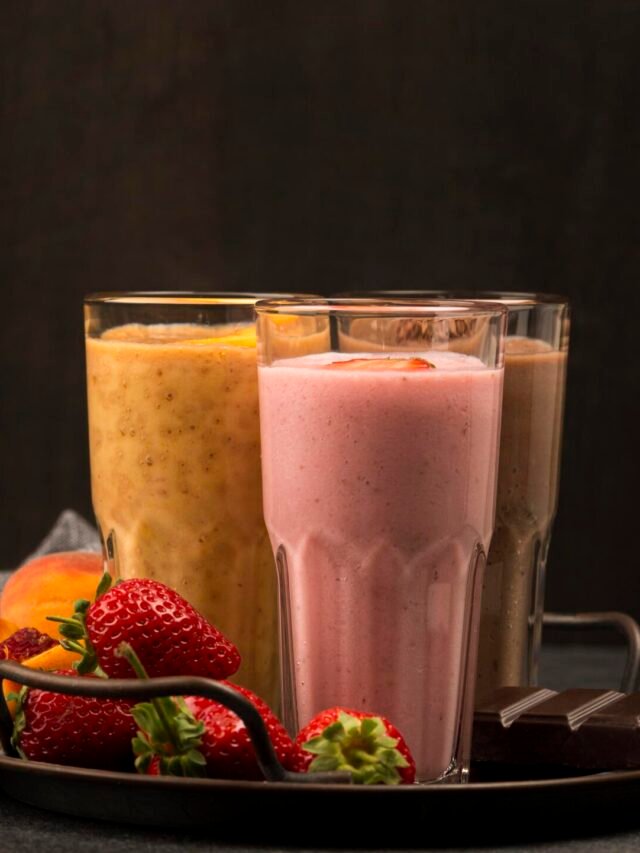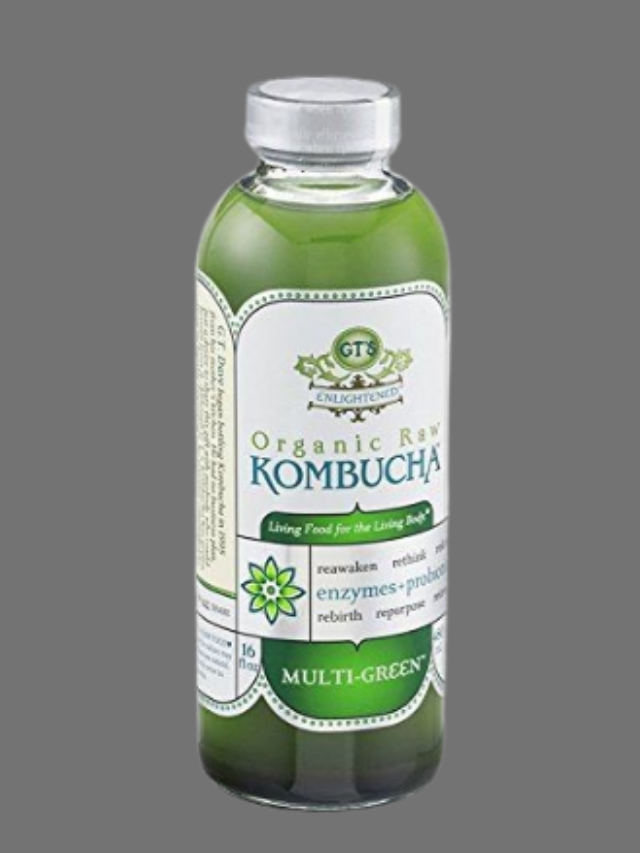The field of physical fitness is constantly developing and it is not surprising that the amount of equipment in the gym hall is frightening. Gym bar is a kind of popular gear, and what is more, its functionality is not that shallow. However, one should remember that all bars are not the same. They are designed for a reason and are intended for particular types of exercising and achieving fitness goals.
The barbell is the only tool with which it will be possible for you to perform some of the main strength exercises. The popularity of strength training has made some gym owners transform their fitness facilities into strength gyms equipped with high-profile strength equipment. Just take a look around your gym and see how many different barbells and other types of bars there are with a special design.
Now read our guide to fully understand the characteristics of each bar and how it can add to your exercise routine.
Types of Gym Bars and their Uses:
1. Standard Barbell:
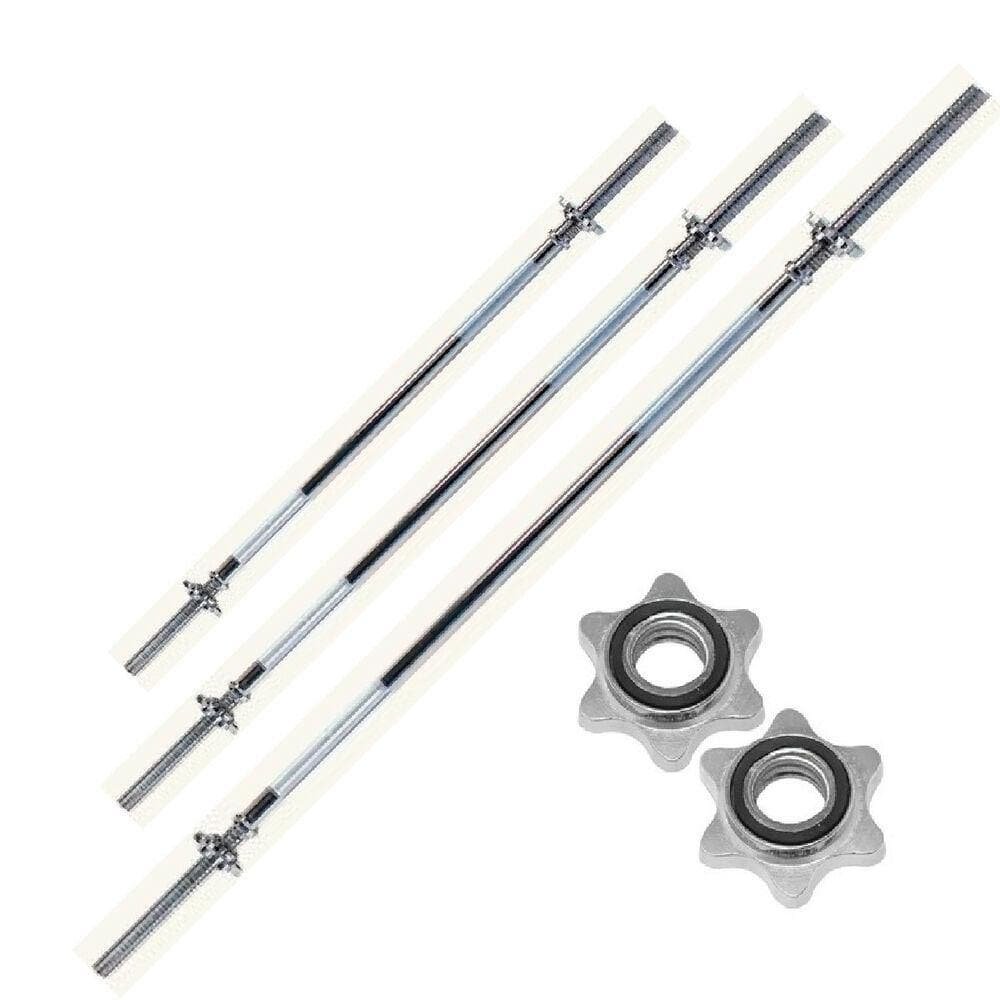
One of the basic equipment in the gym is the standard barbell. It is appreciated for its versatility and importance in strength training. The weight of the bar for men and women is respectively 15 and 20 kg, and 2 meters long – 7 feet . Therefore, it is an optimal and strong rash for working out with heavy loads. The materials that make it up, including steel, guarantee long use without damage.
The barbell has a straight design, consistent diameter, and non-rotating sleeves, which significantly contributes to its stability and reliability while performing different types of exercises. The most common exercises offered by the standard barbell are compound ones. They include squats, deadlifts, bench presses, and their variations .
Thus, it could be stated that the barbell suits almost any individual, regardless of their objectives and experience in lifting. Such popularity can be also explained by simplicity since it is the most spread and, simultaneously, desired tool in terms of comprehensive full-body workouts.
2. Olympic Barbell:
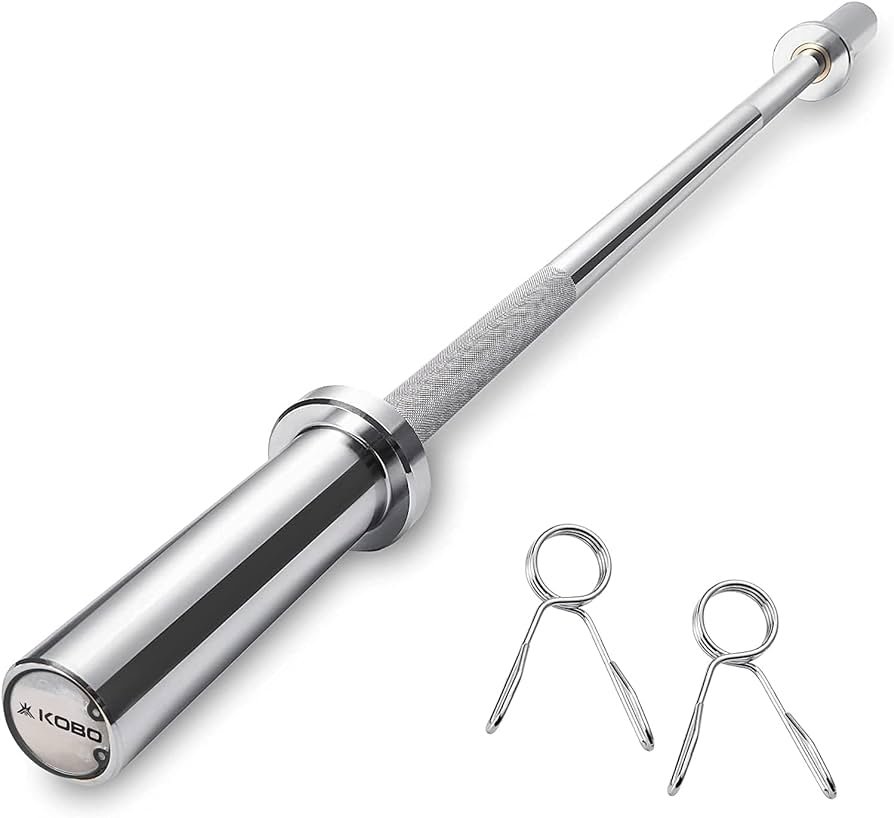
Olympic bar is the professional weightlifting equipment that weighs 20 kilograms for men and 15 kilograms for women and is 7.2 feet , a little over two meters, in length . The most significant difference between an Olympic bar and other varieties is that the ends of the bar, the sleeves, have bearings which allows them to rotate.
This innovation ensures that the sleeves can spin freely, relieving the lifter’s wrists and allowing them to spin freely when making multi-angled turns. The Olympic bar is standardised, with a men’s and women’s bar called 28mm and 25mm diameter, respectively. Knurling implies the quality of the grip on the bar that does not cause abrasion or discomfort.
The barbell is a pivotal instrument in Olympic weightlifting and must be precise, rapid, and methodical. Examples of the lift are the snatch and clean.
3. EZ Curl Bar:

The Cambered bar, which is also called EZ Curl Bar, is a piece of gym equipment that is created to be utilized and engage the muscles of the upper body: biceps and triceps. The specifically curved form of the bar with an angling rendering of hand movements decreases strain on the wrists and elbows and can help those wishing to give a rest to these joints by choosing an easy alternative for the traditional straight barbell.
Available in a variety of lengths, the EZ Curl Bar weighs between 15 and 25 pounds with various standardized and Olympic sizes . Its design is ergonomically friendly, with angled grips providing a more natural position for hands in order to eliminate the bicep curls or tricep extensions uncomfortable. As a result, the bar’s shape ensures that the muscles used in the exercise are continually recruited.
EZ Curl Bar has been discussed with some upper arm workouts. It can also be used for various other exercises including upright rows, bent-over rows, and skull crushers. Its functions and less pressure to the joint make it a good choice during strength workouts. Anyone conducting any strength-related workouts can use EZ Curl Bar, beginners, and experienced individuals are all fit to use the bar.
4. Trap Bar (Hex Bar):
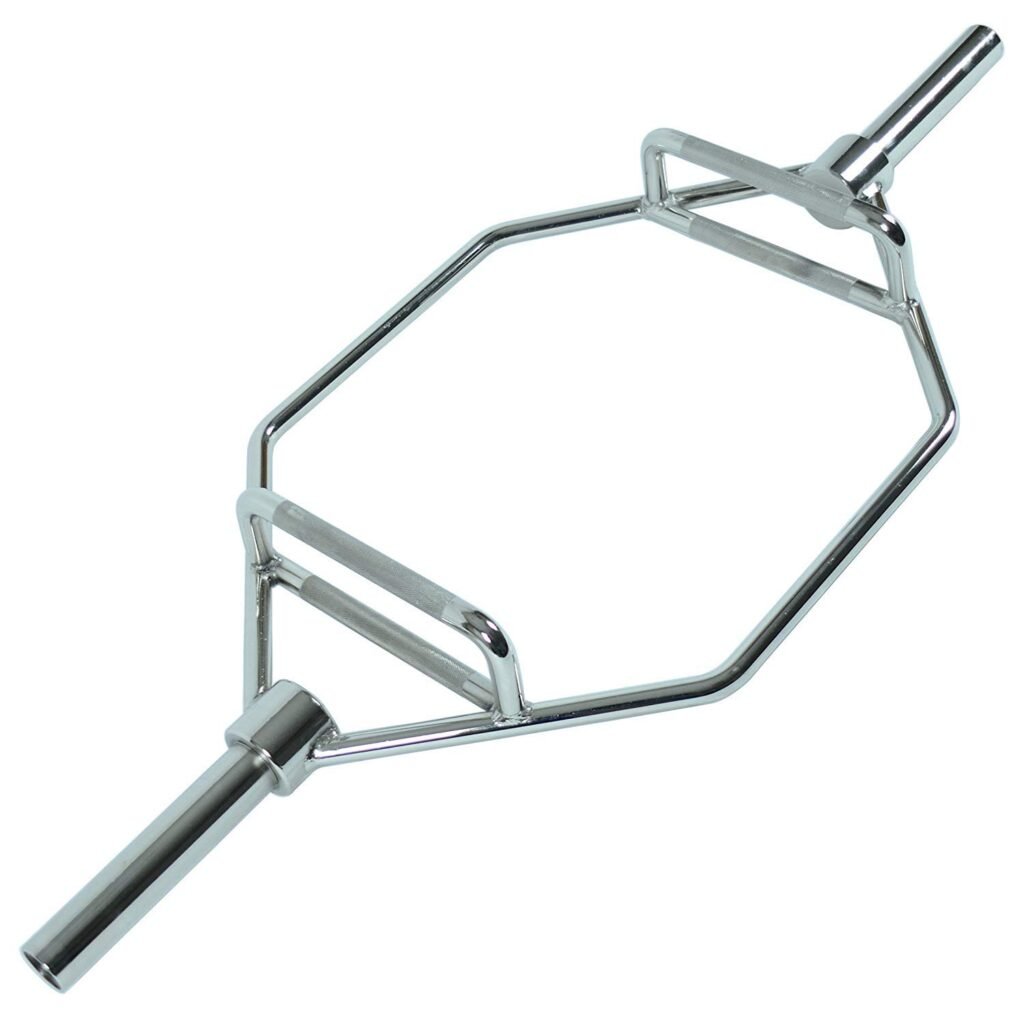
The Hex Bar, also called the Trap Bar, is unique to the gym. The major difference of the Hex Bar to the traditional barbell is the lifter’s position relative to the construct. Moreover, while the traditional barbell requires the lifter to stand behind the device, the Hex bar needs the lifter to stand in the center.
The Hex Bar has two sets of handles at different heights, making it easier for lifters with longer torsos to achieve proper lifting positioning. This makes the bar very popular for deadlifting, as the athlete can keep a more vertical torso and less lower back strain than when using a conventional straight bar.
There are plenty of exercises you can perform with the Hex bar besides the deadlift, including squats, shrugs, farmer’s walks, etc. Since the weight is redistributed , It is suitable for people with lower back problems or individuals who want to isolate certain muscles more easily.
Even if you are a beginner, or if you have a decent track record of lifting heavyweights, the Hex Bar keeps it powerful, safe, various for the strength-building recreations.
5. Swiss Bar (Football Bar):
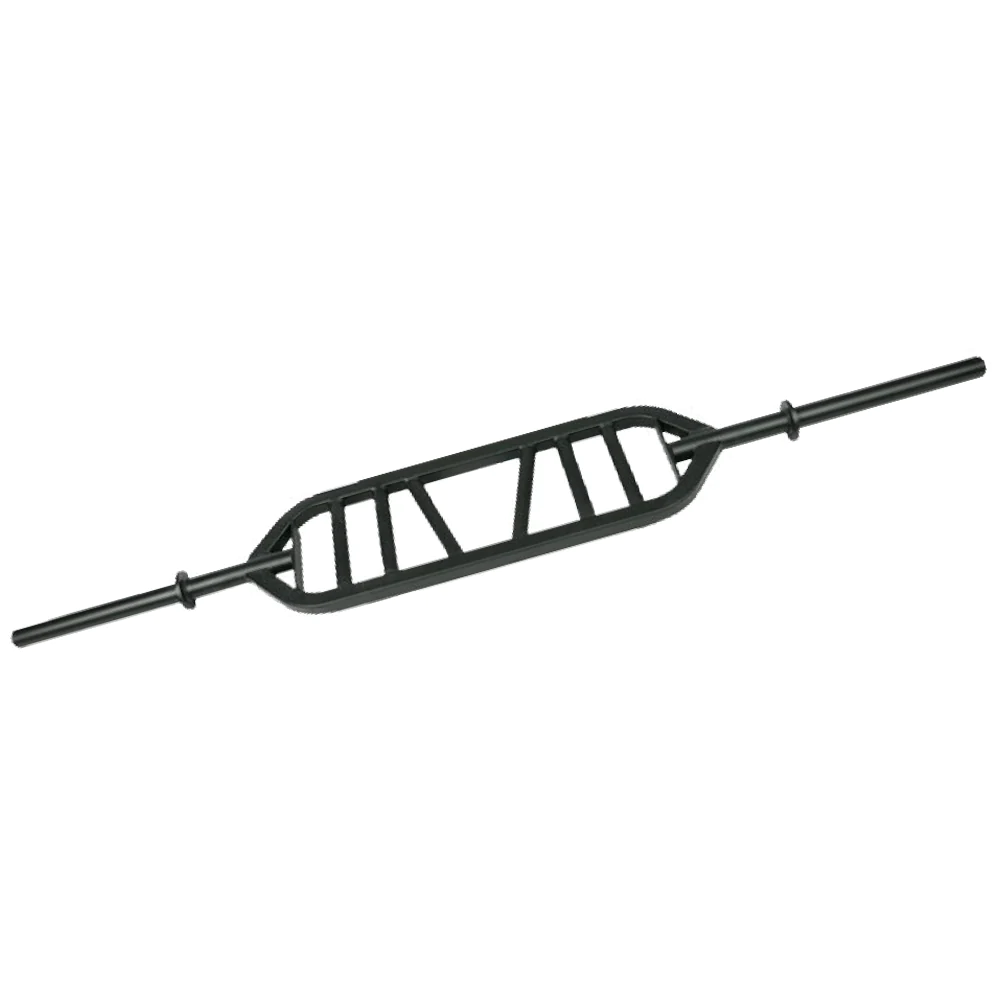
The multi-fluently grip-defined Football-Bar is not merely an advanced barbell: being created, especially for lifting, the Swiss-shaped bar has targetted neutrals handlebar workings for a range from a line for driving muscle groups.
While originally created to alleviate shoulder discomfort and strain, the Swiss Bar is now commonly employed for bench press variations due to decreased pressure on shoulders and wrists, making it valuable for those with shoulder issues or just searching for different grip . In addition to bench pressing, the Swiss Bar may be used for many other upper body movements including overhead presses, rows and curls.
Swiss Bar is an optimal choice for athletes, powerlifting and strength and conditioning athletes. Due to the multi-grip opportunities, athletes can target their muscle fibers and promote uniform muscle growth. Additionally, no matter whether you are compelled to rehab or simply generate some variation in your preparation, no gym remains without the Swiss bar.
6. Safety Squat Bar:
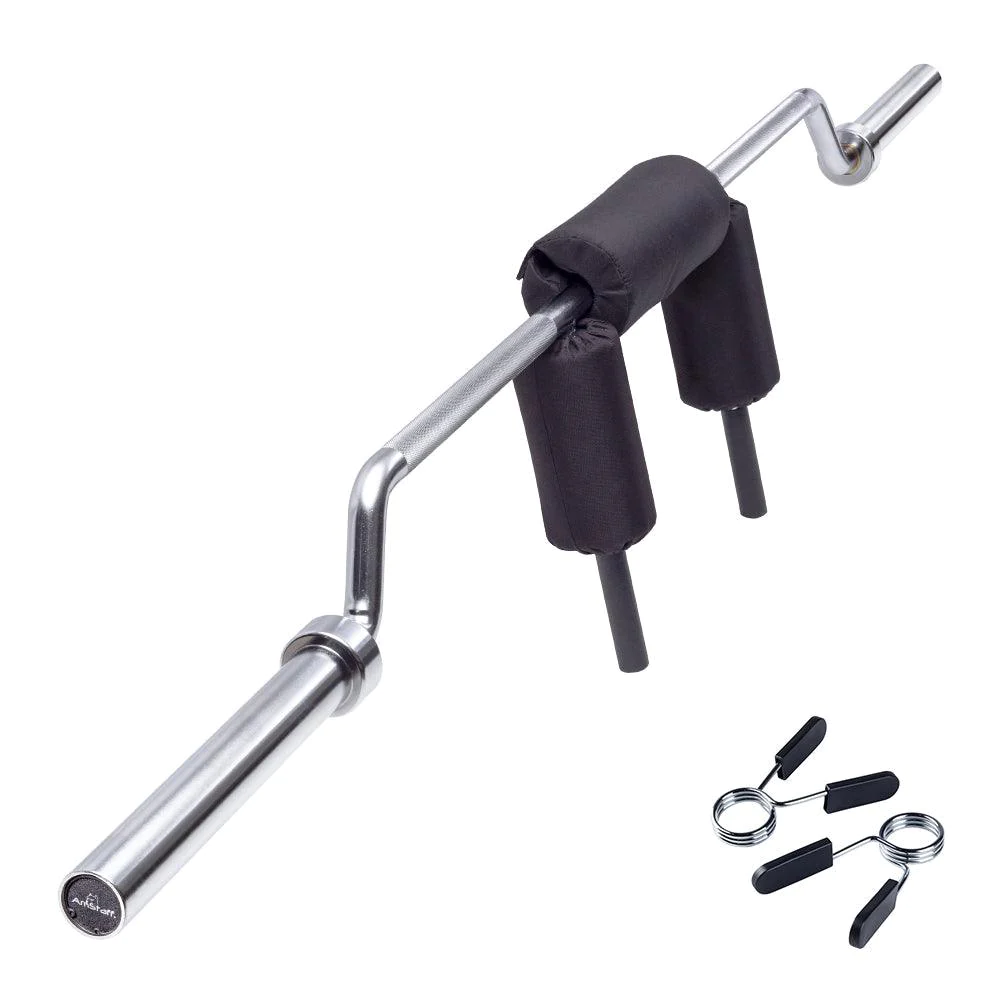
A Safety Squat Bar is uniquely designed weightlifting bar that is specifically constructed to make doing squats more comfortable and stable. Unlike typical barbells, the Safety Squat Bar has an odd or bent construction with padding. This shift changes the weight distribution of the bar, altering the center of gravity and results in a totally different squatting mechanism.
One other feature of the Safety Squat Bar is its curve, which gives the bar a slight bend. This bend contributes to mimicking the low-bar back squat’s forward-leaning pattern, which places more strain on the hips and hamstrings, strengthening the lift. The yoke of the bar has padding built in that evenly rests on the top of the lifter’s back and shoulders . Ergonomically, this reduces the burden on one’s neck and provides much more cushion.
This can be advantageous for those struggling with shoulder or elbow discomfort, considering that the design permits a far more neutral hand positioning. Because the grip is a smart choice for trainers that would otherwise find typical back crouches unconformable or unfeasible due to joint restraints.
In addition, the Safety Squat Bar is a great exercise for concentrating on certain muscle areas, say the posterior chain, while decreasing the likelihood of catastrophe due to form or security breaches. It has become a fixture in powerlifting as well as resistance workout routines for its distinctive sense and capacity to crack over plateaus whilst reducing one’s joint’s overload.
7. Buffalo Bar:
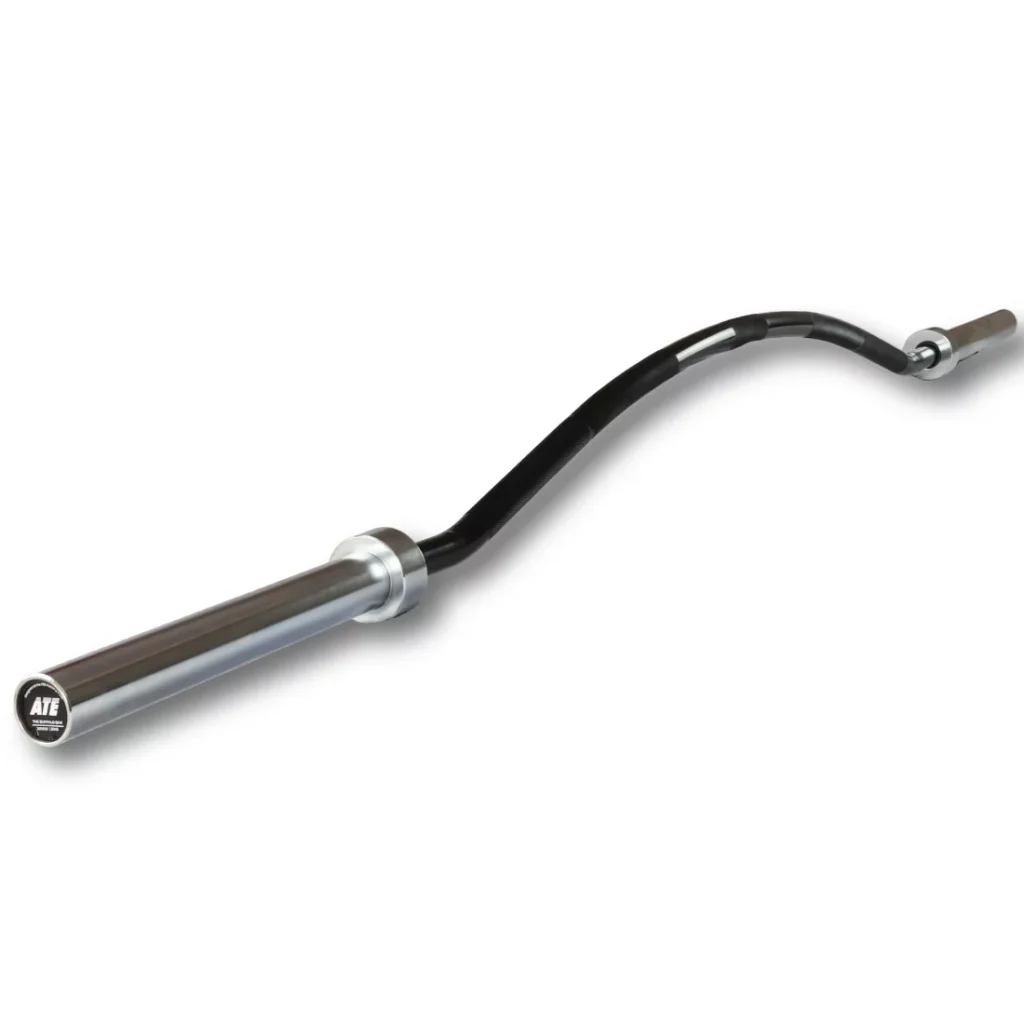
Buffalo Bar, otherwise called Bow Bar or Duffalo Bar, is a specific weightlifting bar intended to offer a novel lifting experience that is more ergonomic than regular straight bars. It is designed to imitate a buffalo’s horns, making the center of the bar lower and the padded bar slightly higher. This is supposed to alleviate stress from the shoulders, wrists, and elbows during multiple lifts.
The curvature of the Buffalo Bar as seen enables lifters to grip the bar more naturally. That slight bend in the bar actually changes the direction the bar is moving and enables more a joint friendly range of motion. As described above, the Buffalo Bar helps target certain muscles while lessening the stress on the joints.
The design encourages a more upright chest when doing squats which can put a greater emphasis on the quads and reduce the amount of stress of lower back . It applies the same to the bench press as well, as the curvature could reduce the torque on the shoulder and the wrist.
Also Read – Does Lifting Weights Affect Height?
In any case, you can use your level of experience in weightlifting to develop some of the aforementioned bars. You will also be able to work with certain weightlifting barbells and rely on some of them to help you gain strengths. You can also exercise on different types of bars and see the bars that are suitable for your strengths to train them sustainably.






